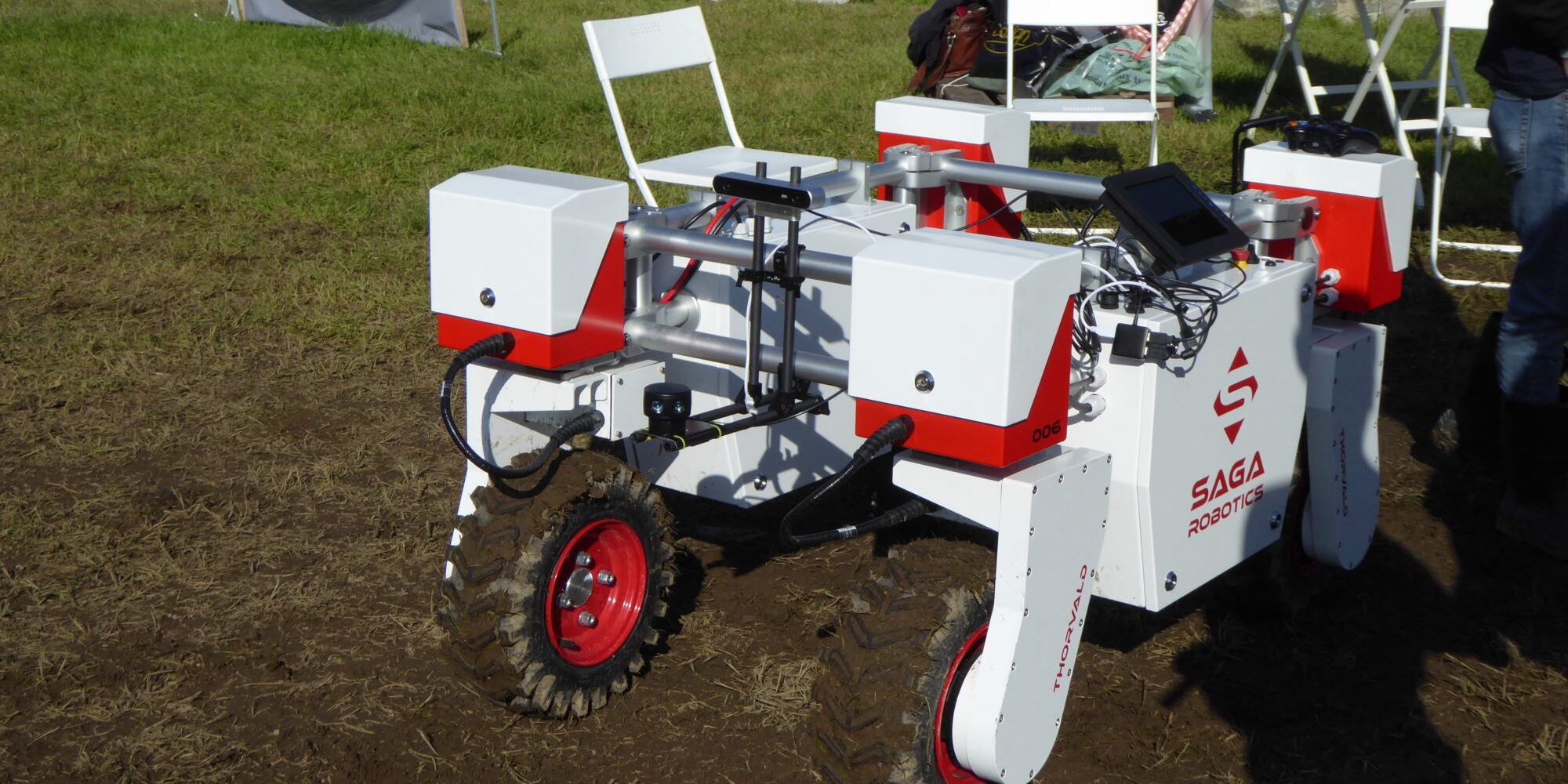
Now you can test whether new technology is ready to be used
Contact persons
Research areas
Share article:
Smart technology is spreading at full speed into agriculture, but how well do the products actually work? Using a new tool, we can now evaluate and map how mature the new products are and, thus, how close they are to launch.
By Bjørg Bruset
The new balanced readiness level assessment (BRLa) calculator will help developers, equipment dealers, incubators and consultants assess a product’s technological, market, legal, societal and organizational maturity.
The readiness calculator can be used for free by anyone. Results can be cited as from the “Ruralis readiness calculator”. The calculator has been developed for agricultural technology, but can be used for a wide range of technologies.
“We see that a good number have been in and tested the calculator already and we hope more will try,” says Ruralis researcher Anders Melås.
You can find it and more information here. The calculator text is so far only in Norwegian.
Nearly 40 new high-tech products
In developing the calculator, the researchers at Ruralis have, among other things, mapped almost 40 new high-tech products that are relevant to Norwegian agriculture. The work has resulted in a methodology that explains how far the development of technological innovations, such as drones, robots and sensors, has come. The calculator is a tool that assesses the product as a whole, not just the material technology.
The tool also includes questions regarding launch in the market, and whether there are any social or legal factors that may impede the commercialization of the product. “Developers, investors and suppliers to agriculture can use it to gain a comprehensive understanding of how far the development of a product has come,” says Melås.
The questions are divided into five categories, and by answering these you can map a product’s technological, market, legal, social and organizational readiness level. Depending on which answer option you check in each category, the product gets a score of from 1 to 9. This is plotted in the calculator, and a description of the product – based on the criteria entered – is created.
Tests the readiness level of technology
For example, if a new product has been tested by potato growers, whether the technology works or not has been established. Based on the criteria that describe the different technological readiness levels, we can say that the technology is at technological level 7.
Then there is probably a bit a further to go before we can determine that the system is fully developed and works under real-world conditions. “To get to the next level, the functionality must be tested on a broader scale,” Melås explains.
If the technology has been launched but not marketed widely, it is in the market level at readiness level 6. Socially, there are two aspects that must be considered – the legal and the social. For example, self-propelled vehicles carry risk, and therefore systems must be developed to prevent accidents. There may also be a need to obtain permits for use. If the product lacks the necessary approvals, it should be placed at societal readiness level 4. If the regulatory papers are in order, its readiness level will depend on the social acceptance of the technology.
Thinking holistically
Even if a product technologically works well in tests, the overall assessment can show that it is still a good distance away from being sold commercially. Thus, the calculator also indicates the importance of looking not merely at whether the technology works but also at how the product can be commercialized and the steps it must take to attain market readiness.
A product’s journey from idea to market rarely goes smoothly. Anything from lack of investment, technical problems or legal barriers can delay development. “In the myriad of new inventions, tools and language are needed to clean up and organize the process, so that everyone who is in one way or another involved in the development has a common starting point,” says Melås.
